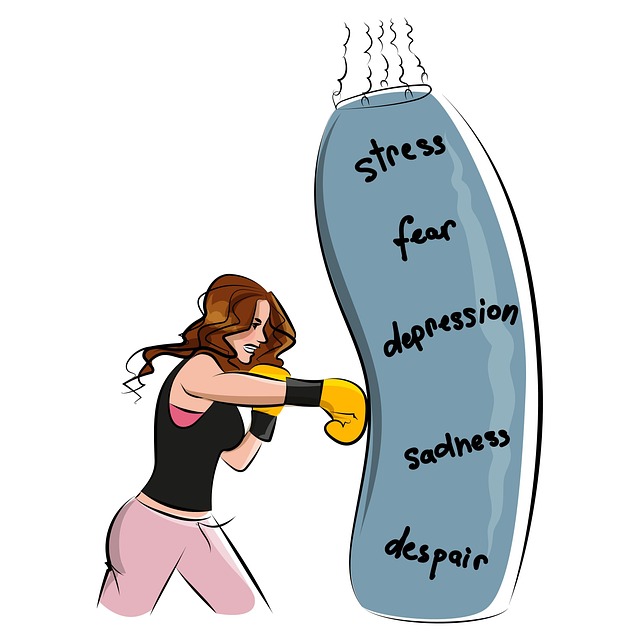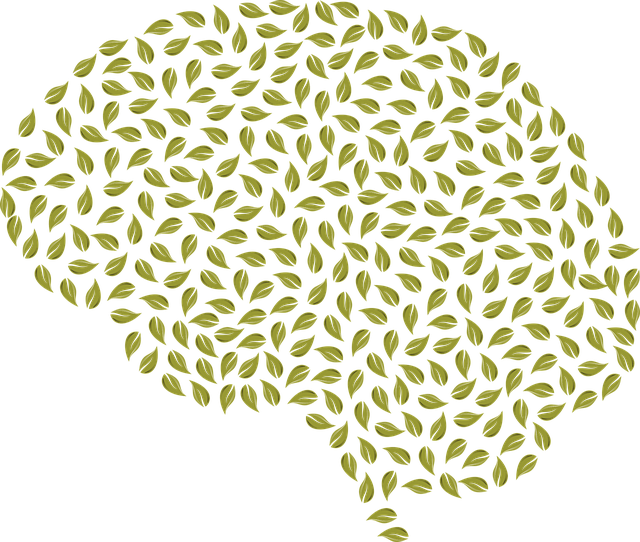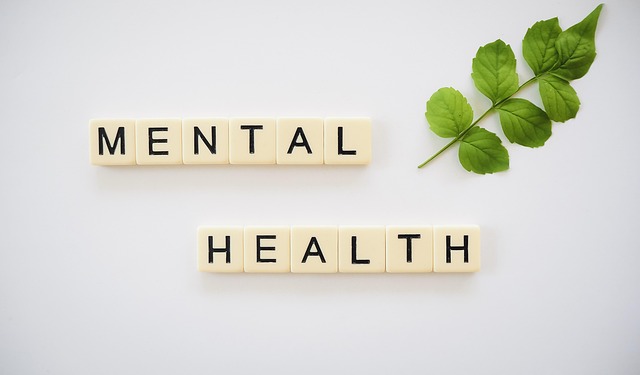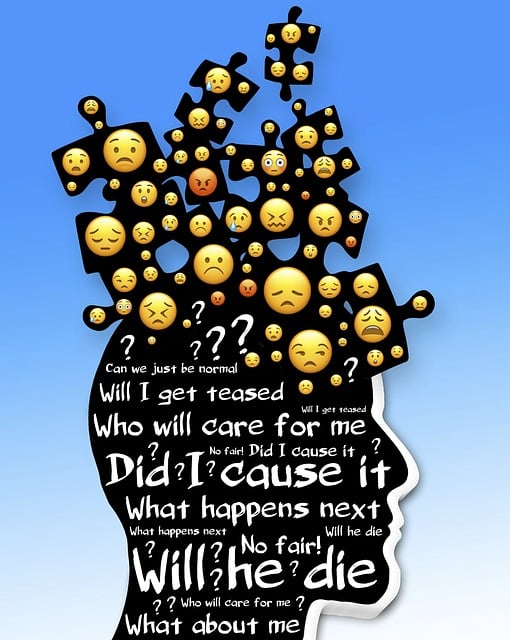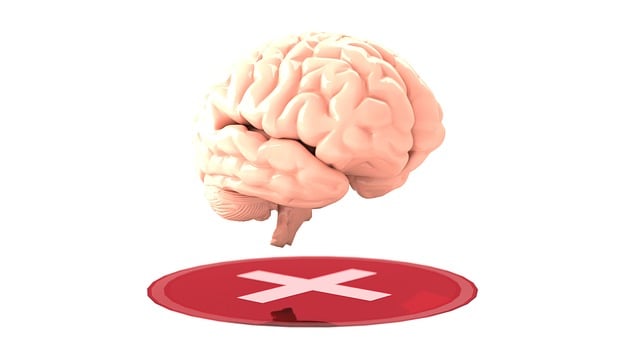Mental health education is a powerful tool to combat stigma, isolation, and suicide, with Centennial Suicide Prevention Therapy (CSPT) as a key initiative. By teaching coping mechanisms, emotional regulation, and fostering open conversations, CSPT empowers individuals to recognize mental health warning signs and manage stress effectively. Diversified curriculum modules, including interactive elements and case studies, ensure engagement. Integrating CSPT into mental health education programs builds resilience, promotes emotional intelligence, and creates supportive environments that cater to diverse populations. Evaluating program success through surveys, satisfaction metrics, and real-world outcomes like reduced suicide rates ensures a lasting impact on mental well-being.
Mental health education programs play a pivotal role in fostering well-being and preventing crises, especially among youth. This comprehensive guide explores evidence-based strategies for designing effective curriculum aimed at breaking down stigma and misconceptions surrounding mental health. From early intervention techniques to integrating therapeutic practices, we delve into creating engaging learning experiences that empower individuals to recognize and address mental health challenges. Using Centennial Suicide Prevention Therapy as a framework, this article offers valuable insights for educators seeking to make a tangible impact on student mental wellness.
- Understanding Mental Health: Breaking Down Stigma and Misconceptions
- The Role of Education in Early Intervention and Prevention Strategies
- Designing an Engaging Curriculum: Topics and Activities for Effective Learning
- Integrating Therapeutic Techniques: Practical Applications for Real-World Scenarios
- Evaluating and Measuring Success: Assessing the Impact of the Program
Understanding Mental Health: Breaking Down Stigma and Misconceptions

Mental health is a complex and often misunderstood aspect of human life. Breaking down stigma and misconceptions is a critical first step in creating an inclusive environment where individuals can openly discuss their experiences and seek help. Stigma surrounding mental illness, such as depression or anxiety disorders, often leads to silence, isolation, and even suicide, as demonstrated by the rising rates of Centennial Suicide Prevention Therapy cases. By educating people about mental health, we can foster empathy, reduce fear-based reactions, and encourage early intervention.
Understanding mental health involves recognizing that it is a spectrum, with everyone experiencing unique challenges and strengths. This perspective promotes resilience building and coping skills development, enabling individuals to navigate life’s stressors more effectively. Moreover, equipping mental health professionals with robust risk management planning tools is essential for identifying potential hazards and implementing strategies to mitigate them. Through comprehensive education programs, we can empower both individuals and professionals to promote better mental well-being and create a culture that prioritizes open conversations about mental health.
The Role of Education in Early Intervention and Prevention Strategies

Mental health education plays a pivotal role in early intervention and prevention strategies. By integrating programs that focus on emotional well-being promotion techniques, self-care routine development for better mental health, and risk assessment for mental health professionals, we can foster a culture of resilience and proactive care. These educational initiatives equip individuals with the knowledge and skills to recognize early warning signs, manage stress effectively, and seek appropriate support before mental health issues escalate.
For instance, schools, workplaces, and community centers can implement Centennial Suicide Prevention Therapy programs that teach coping mechanisms, emotional regulation strategies, and peer support networks. Such interventions not only enhance individual well-being but also create supportive environments where people feel comfortable discussing mental health challenges openly. By addressing these topics proactively, we can reduce the stigma associated with seeking help and encourage early intervention, ultimately contributing to a healthier and more resilient society.
Designing an Engaging Curriculum: Topics and Activities for Effective Learning

Designing an engaging curriculum is paramount when creating a mental health education program, especially one focused on Centennial Suicide Prevention Therapy. The key lies in incorporating diverse topics and interactive activities that cater to various learning styles. Start with foundational modules covering mental health basics, stigma reduction, and crisis intervention techniques. These lay the groundwork for more advanced discussions on specific disorders, therapeutic approaches, and self-care practices.
Integrate practical exercises like role-playing scenarios, group discussions, and mindfulness workshops to reinforce learning. For instance, exploring burnout prevention strategies for healthcare providers can be done through case studies and peer support sessions. Additionally, conflict resolution techniques should be woven into the curriculum, promoting healthy communication and collaboration among participants. Visual aids, guest speakers from diverse backgrounds, and regular feedback mechanisms further enhance engagement, ensuring a comprehensive and impactful learning experience.
Integrating Therapeutic Techniques: Practical Applications for Real-World Scenarios

Integrating therapeutic techniques is a cornerstone of effective mental health education programs. By blending evidence-based practices such as Centennial Suicide Prevention Therapy with modern approaches to mental wellness, these programs empower individuals to build inner strength and develop resilience against challenges that may lead to burnout. Therapeutic methods tailored for real-world scenarios enable participants to gain practical skills in managing stress, anxiety, and depression, fostering a culture of open communication and emotional intelligence.
This holistic integration prepares individuals not just to cope but to thrive in their personal and professional lives. By focusing on both the prevention and early intervention of mental health issues, these programs play a pivotal role in creating supportive environments that nurture mental wellness. This approach resonates deeply with today’s diverse populations, ensuring inclusivity and accessibility for all who seek to strengthen their inner resilience.
Evaluating and Measuring Success: Assessing the Impact of the Program

Evaluating the success of a mental health education program is crucial to ensure its effectiveness and lasting impact. This process involves assessing various aspects, from participant satisfaction to behavioral changes. One key metric is tracking improvements in self-esteem and positive thinking among individuals who have gone through the program. By comparing pre- and post-program surveys, researchers can gauge the extent to which the initiative has fostered mental health awareness and promoted positive psychological shifts.
The success of a program like Centennial Suicide Prevention Therapy can be measured by its ability to reduce suicide rates and foster resilience among at-risk individuals. Longitudinal studies that follow participants over time are valuable in understanding how these educational interventions translate into real-world applications. Ultimately, successful programs should demonstrate improved coping mechanisms, enhanced support networks, and better access to resources that contribute to overall well-being.
Mental health education programs play a pivotal role in fostering resilience, early intervention, and suicide prevention, especially among young adults. By addressing stigma, integrating therapeutic techniques, and designing engaging curricula, we can create environments that promote mental well-being. The comprehensive approach discussed in this article, including topics like understanding mental health, curriculum design, and evaluation methods, offers a blueprint for effective programs that can significantly impact individual lives and contribute to the overall mental health of communities, mirroring the goals of Centennial Suicide Prevention Therapy.


